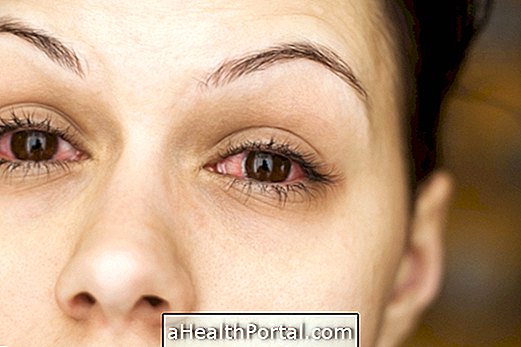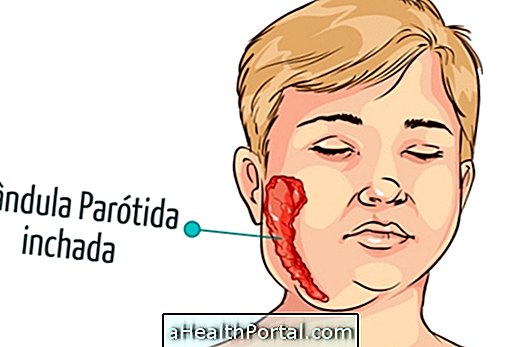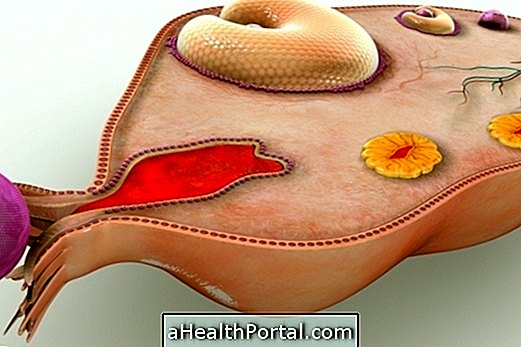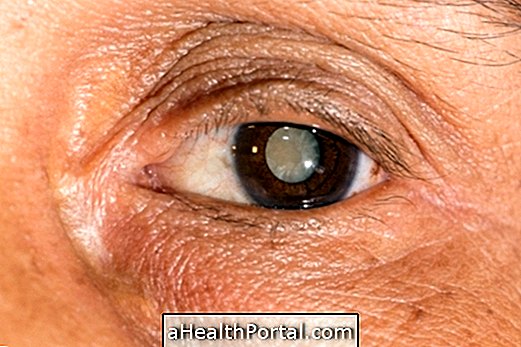The Spanish flu was a disease caused by a mutation of influenza virus that led to the death of more than 50 million people, affecting the entire world population between 1917 and 1918 during the First World War.
Initially, Spanish flu appeared only in Europe and the United States, but in a few months spread to the rest of the world, affecting India, Southeast Asia, Japan, China, Central America and even Brazil, where it killed more of 10, 000 people in Rio de Janeiro and 2, 000 in São Paulo.
The Spanish flu had no cure, but the disease disappeared around 1918, and no more cases of the disease have been recorded since that time.
Symptoms of Spanish Flu
The Spanish flu virus had the ability to affect several systems of the body, that is, could cause symptoms to reach the respiratory, nervous, digestive, renal or circulatory systems. Thus, the main symptoms of Spanish flu include:
- Muscle and joint pain;
- Intense headache;
- Insomnia;
- Fever above 38º;
- Excessive tiredness;
- Difficulty breathing;
- Feeling of shortness of breath;
- Inflammation of the larynx, pharynx, trachea and bronchi;
- Pneumonia;
- Abdominal pain;
- Increased or decreased heart rate;
- Proteinuria, which is the increase of protein concentration in the urine;
- Nephritis.
After a few hours of onset of symptoms, patients with Spanish flu could have brown spots on the face, bluish skin, coughing up blood and bleeding from the nose and ears.

Spanish flu cause
The Spanish flu was caused by a random mutation in the flu virus, H1N1, which was easily transmitted from person to person through contact, coughing and air.
How was the treatment done?
A treatment for Spanish flu was not discovered, and it was only advisable to rest and maintain adequate nutrition and hydration. Thus, few patients were cured, depending on their immune system.
As there was no vaccine at that time against the virus, the treatment was done to combat the symptoms and was usually prescribed by the doctor aspirin, which is an anti-inflammatory used to relieve pain and reduce fever.
The mutation of the common influenza virus of 1918 is similar to that in cases of bird flu (H5N1) or swine flu (H1N1). In these cases, since it was not easy to identify the organism that was causing the disease, effective treatment could not be found, making the disease fatal in most cases.
Prevention of Spanish flu
To avoid the transmission of the Spanish flu virus it was recommended to avoid being in public places with many people, such as theaters or schools, and therefore some cities were abandoned.
Nowadays the best way to prevent influenza is through annual vaccination, as the virus undergoes random mutations throughout the year to survive. In addition to the vaccine, there are antibiotics, which emerged in 1928, and which may be prescribed by the doctor to prevent the occurrence of post-influenza bacterial infections.
It is also important to avoid crowded environments, as the flu virus can pass from person to person easily. Here's how to prevent the flu.
























